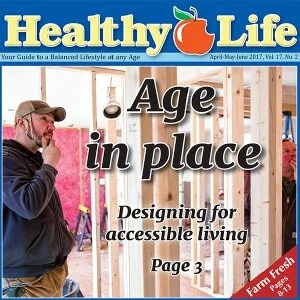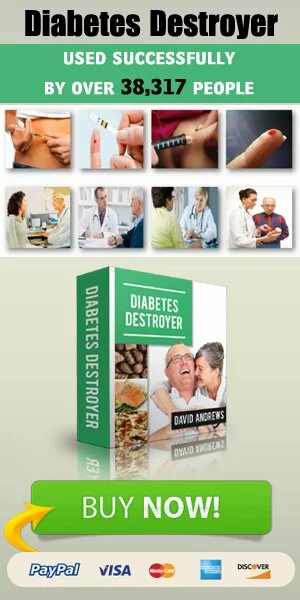Every year, authorities throughout the nation push road safety messages but inevitably there are crashes, many resulting in fatalities. What should you do if the first on the scene of a crash before emergency services arrive?
Can I get out and help?
Tasmanian Police Inspector John Ward said it has to be an individual’s decision to stop at a crash scene. He said they’d request that people stop if they feel confident. The reason for this is because they may at any point render life-saving aid or at least assess the scene and provide that information to emergency services or police. Whether or not a motorist should stop may also be dependent on the location.
For example, Inspector Ward said that on the Tasman Bridge it would be rather difficult and you would create a good deal of disturbance there even if ironman 4×4 bullbars are in the way. If you locate a crash there the best thing to do is ring triple-0 as we can find the emergency services there until it becomes congested.
It can also depend on conditions and if it is safe. Not only do you have you have to look at the protection of the persons from the crash, your own safety needs to be predominant as well, as you are no good to anybody else in the event that you’ve been run over.
Do I direct the traffic?
Inspector Ward said authorities would prefer members of the public didn’t get out and direct traffic in a crash scene. That is the job that emergency services, particularly police. Directing traffic is quite difficult and very dangerous – you will never see police doing it without wearing hi-vis protective clothing, a flashlight, a wand, a police vehicle parked nearby with emergency lights flashing so we can warn people. Some cars today come with cones and triangles, etcetera, which you may put out in an emergency-type circumstance.
Don’t forget to call triple-0
Ambulance Tasmania’s director of statewide service Garry White reiterated the need to call triple-0 immediately. He stated that their call-takers are trained to let you know just what to do with these individuals, whether to touch them, when to not touch them, where to stand, where not to endure. The first thing they need people to know about is dangers; risks for the individual, and dangers for themselves.
You also want to be conscious of broken glass, fuel on the street, broken powerlines, the location of possibly an ironman 4×4 roof rack platform, tons of things to be conscious of about the scene, so to begin with you want to make certain you’re safe and then the individual will be safe. Mr White said patients shouldn’t be transferred unless it was totally safe and necessary to achieve that.
People are concerned about spinal injuries and making accidents worse, which is why we say you do not have to move these patients, we’ve got the gear and we can do this safely without further injuring the patients. So hands off, stay calm, speak to the individual, tell them what will be OK, emergency services are on their way to them, and do not move the patient unless they’re in danger.
Mr White urged even people who have first aid training to call triple-0 because accident scenes could be stressful.


